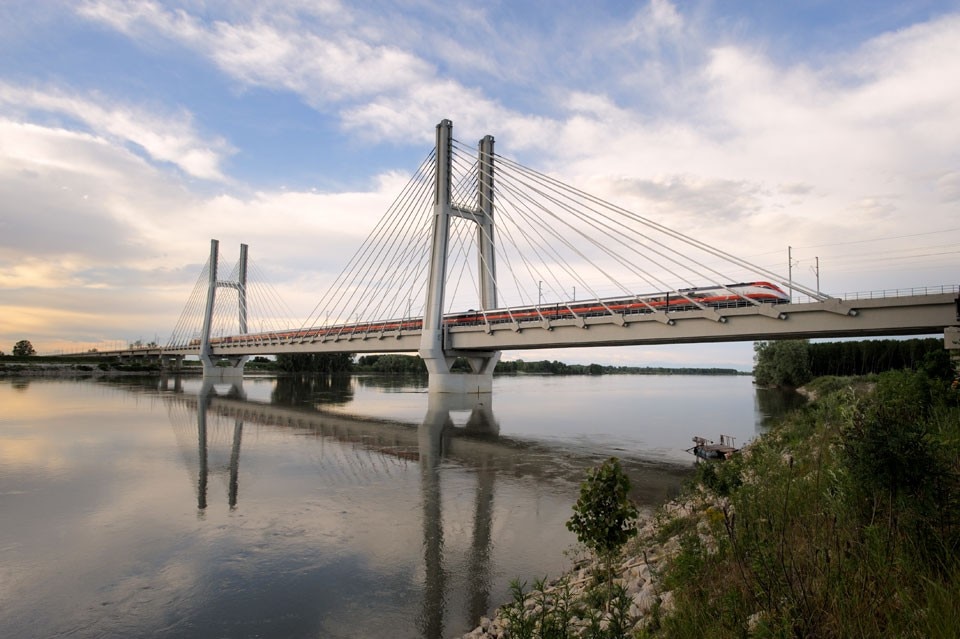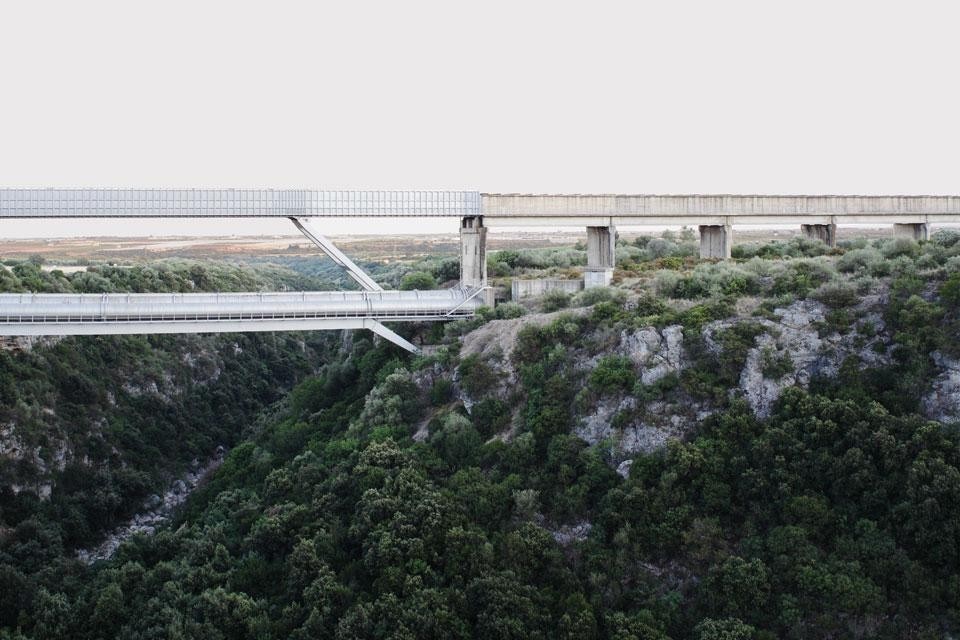And so the Triennale's ground floor becomes a self-contained exhibition space with separate pavilions, like a miniature trade fair. Each pavilion has its own theme and visual language. Dutifully, the curators open the exhibition with history. The two introductory critical essays by Ferlenga and Biraghi — entitled respectively A still useful history and From the point of view of architecture — are almost choral. The colossal 20th century masters — from Otto Wagner to Le Corbusier, from Hans Poelzig to Eliel Saarinen, Sant'Elia, Bonatz, and Lurçat — find their rightful places here, along with the necessary in-depth spots on some not-so-well-known authors inextricably tied to their regions. Thus Andrea Iorio explores Plecnik's Ljubljana and Serena Maffioletti describes Rino Tami's Ticino.
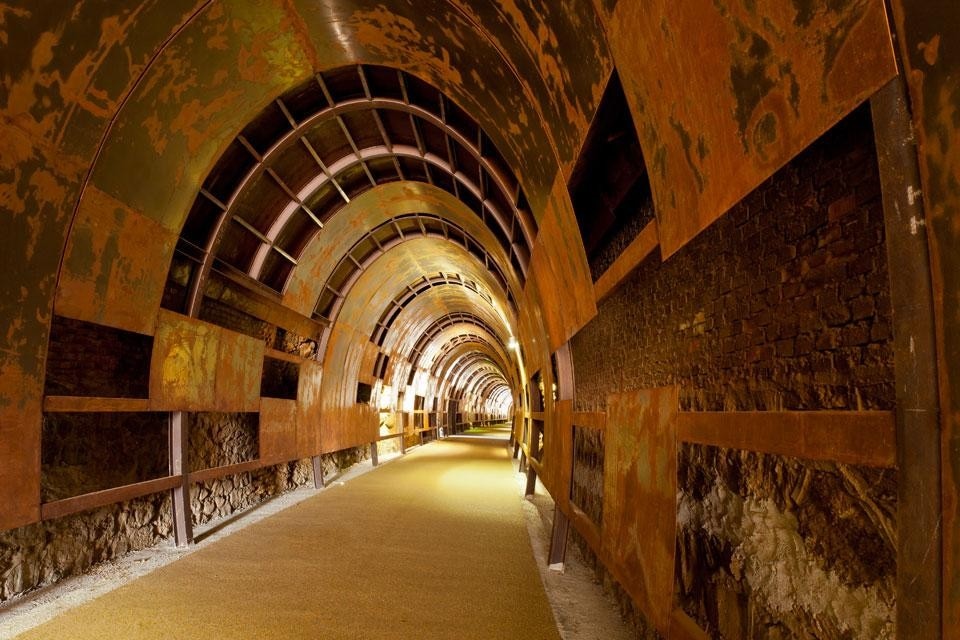
The dynamics regarding infrastructure currently under construction in forty-five of the world's cities are represented on an interesting wall containing the same number of video reports by young, Italian-trained architects and researchers. Making the best of the Triennale's ground floor ring layout, the exhibition continues with extensive explorations of the Italian situation. The history of twentieth century Italian infrastructure unfolds along the long right wall of the semicircular circulation path, told through the work of the nation's most important architects — alongside civil engineers — between the 50s and 80s. So the episode of Italian highways and large projects by Musumeci, Nervi, Quaroni, and Morandi counterpoint magnificent drawings and visions by Albini, Scarpa, Mollino, De Carlo, Dardi, Canella, Samonà, Sottsass, Purini, Rossi, and Venezia, among others. The exhibition also includes a certain local pride with works by other figures — especially from Milan — like Giuseppe De Finetti, Piero Portaluppi and Silvano Zorzi.
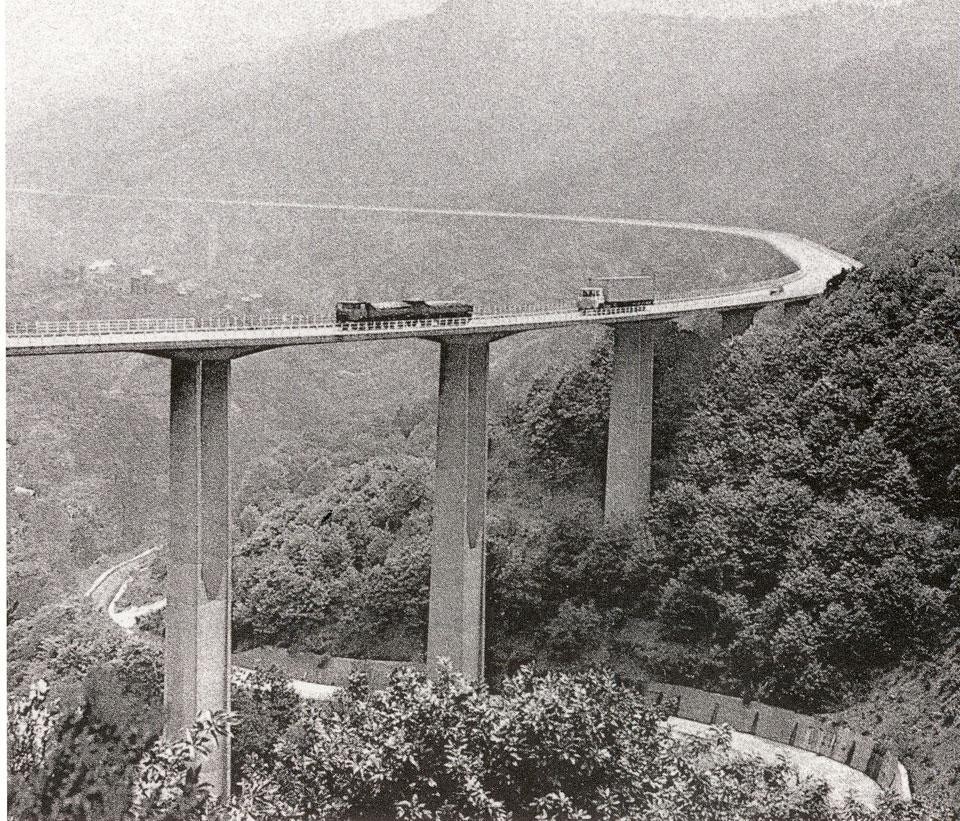
Finally, with yet another perception disconnect, the show's last section moves back to the hyper-global scale. Large-screen videos illustrate gargantuan works — inspired by some earlier twentieth century precedents — in defense of the sands and winds of Africa, China, South America. A small (maybe too small) video section then opens a brief exploration of data flows and methods for representing urban movements. But it is an attempt — all too late — to define as avant-garde an issue that has been at the heart of the debate for years: the concept of infrastructure in the era of information networks. It really is no longer the case to pose this issue in the form of a question; it should have been placed forcefully at the centre of the discussion as an established fact on the same level as the other themes presented in the show.
The dynamics regarding infrastructure currently under construction in forty-five of the world's cities are represented on an interesting wall containing the same number of video reports by young, Italian-trained architects and researchers
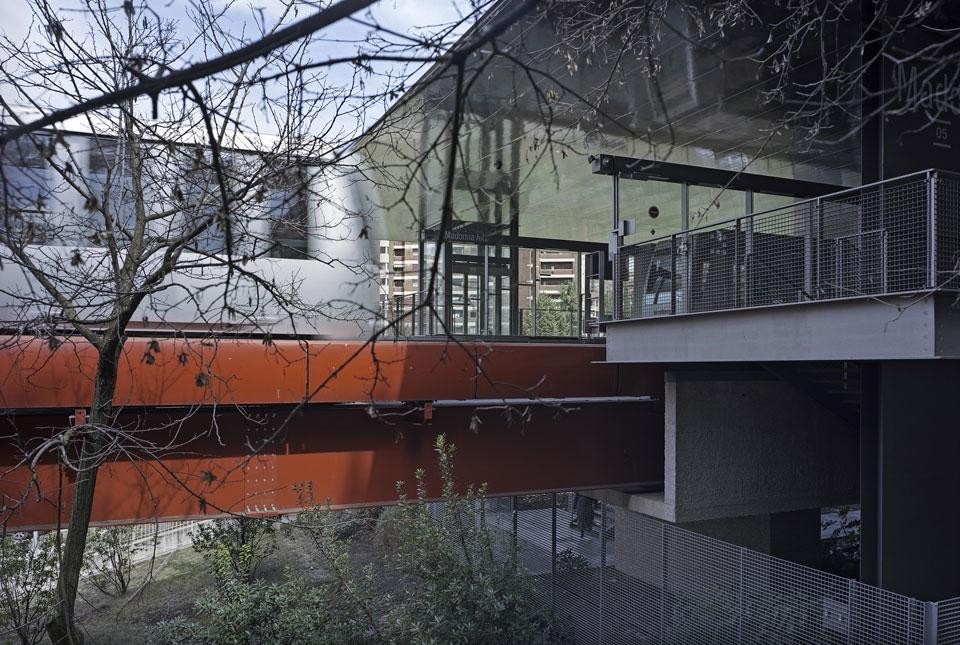
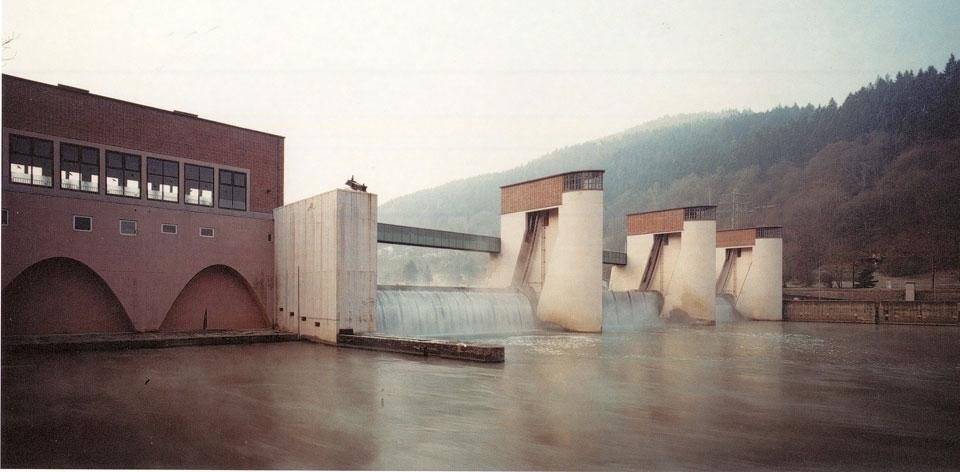
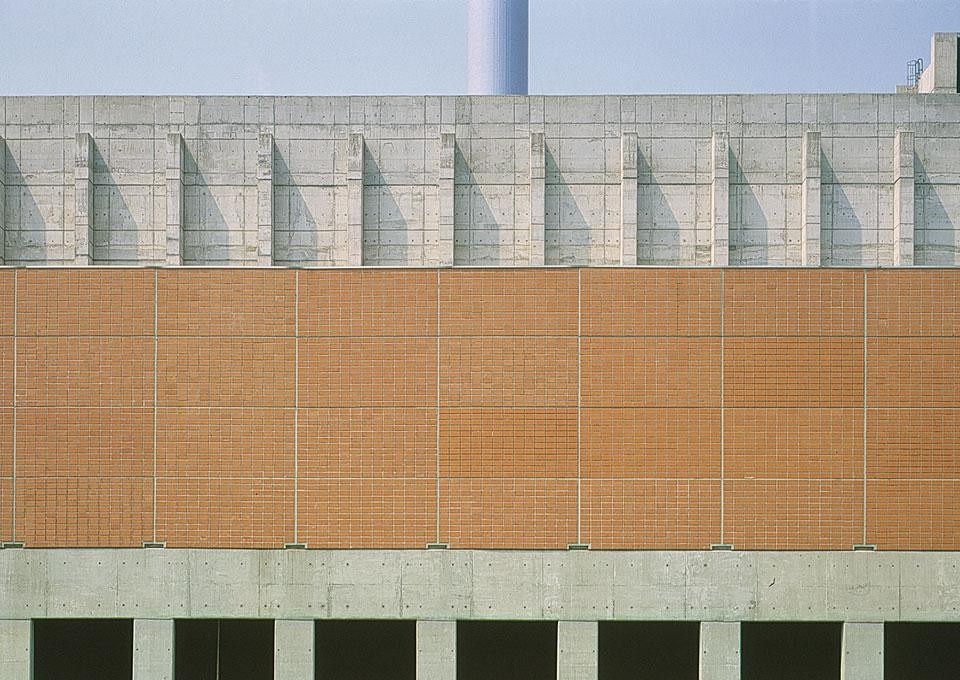
Architecture of the World
Triennale di Milano
Viale Alemagna 6, Milan
